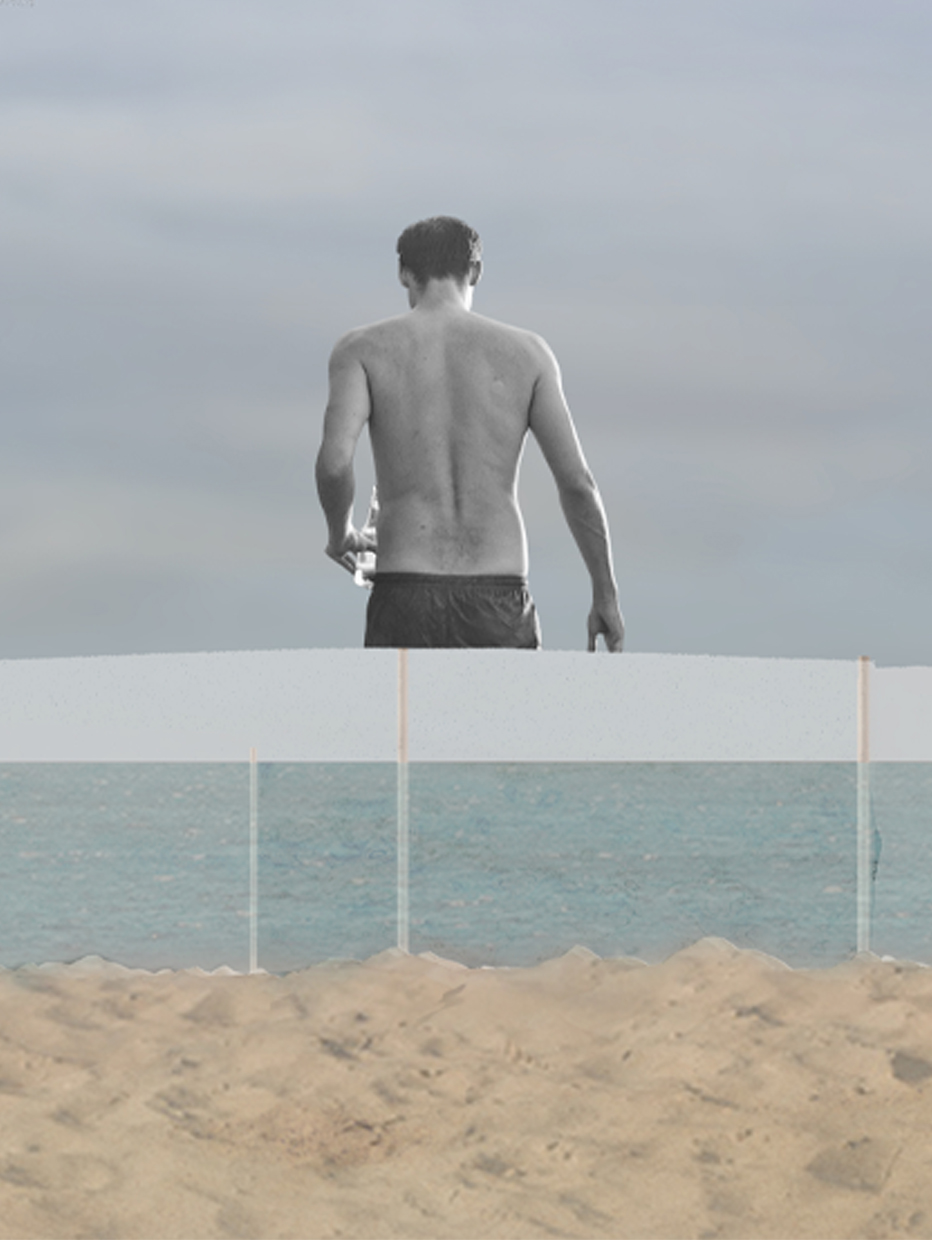SKIN. integrated landscape

Category
Daylight investigations - Region 2: Central and Eastern Europe and the Middle East.
Students
Ksenia Makała
Michał Burek
School
Politechnika Śląska
Country
Poland
Download
Download ↓
Information overload causes disinformation. Too many advertisements and signboards make our common space visually littered. Omnipresent advertising becomes more and more aggressive in its message, intense in color and form.Facades of buildings and streets, panoramas of parks and beaches, roads and roadsides are overwhelmed with the scale and intensity of adverts. The essence of the building or object is obscured. We lose the context and the truth about the place. Instead, spaces covered with banners create distorted images in our memory, creating different context and narrative.
The architectural mess and size of the cities, prompted us to design a conceptual cloak of invisibility. As a participants of the city life, music festivals and road user, as well as frequent users of public places, we can see how much we want to maintain our privacy while remaining in the group. It’s important to have own, intimate space dedicated to rest and relaxation, regardless of whether it is a sleeping bag in the festival field or a bench in the park. The need to disappear for a moment, to hide from the loud world, is a natural need. Can we disappear in a public place, on an open and unenclosed surface, blend in with the surroundings? Can we create our noise shelter, a hiding space?
Christo and Jeanne-Claude wanted to change and hide functions of the architecture by completely covering it with their large-format materials. By wrapping the blocks, the artists stripped them of their original functions. Phisical things started to became mysterious objects. Deformed shape did not reveal what was hidden under the material.
Imagine a world where everything becomes invisible. Architecture, instead of standing out from the entire structure of the city, begins to blend in with it – it almost disappears from its surface. The greater the intensity of the sun, the more object disappears.This scenario is real.The assumption of the SKIN project is to create a possibility of invisibility in the architecture. The SKIN fabric has been integrated with the existing landscape, respecting the heritage of the place. Blending in with the surroundings, SKIN restories harmony of existing landscape.The material from which portable beach screens are made, scatters the direction of visible light, and creates a kind of optical illusion. Thanks to this solution, even shadows cast by a given object located in the blind zone are eliminated, which makes the object even more imperceptible to the recipients.
The effect of the cape is due to curved, appropriately profiled layers of lenses that refract light in an appropriate way, creating a “dead zone”.
SKIN not only blends in with the surroundings, but also reflects the image of the surroundings from all sides. The material’s character changes depending on the time of day and weather conditions. It also changes its appearance depending on the intensity of natural light and the shadows of other objects falling on it.
The material of SKIN is very light and elastic.

































